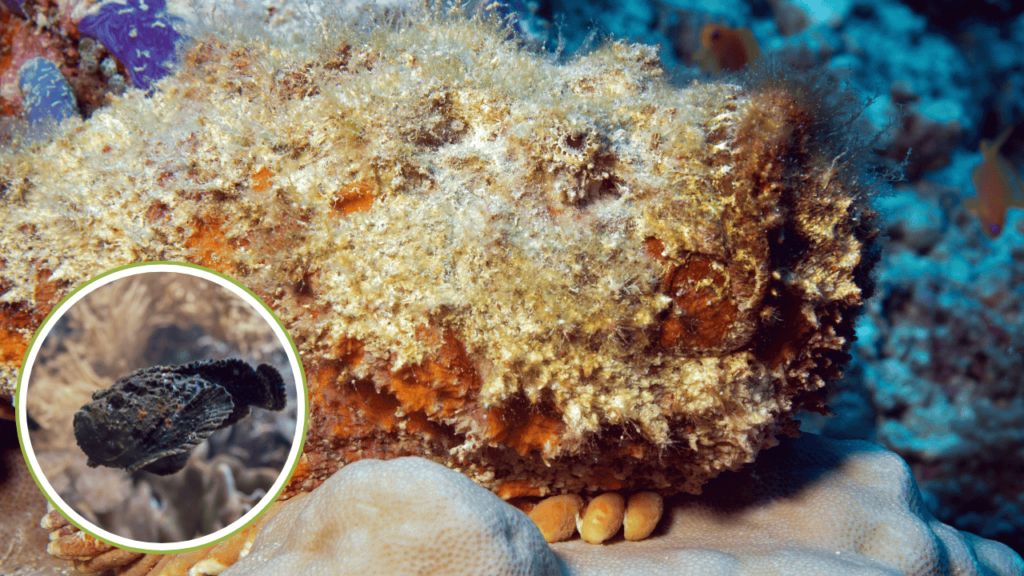Camouflage is a fascinating survival strategy employed by animals across the globe. It is a critical adaptation that allows animals to evade predators, sneak up on prey, or engage in mating rituals undetected. This natural art of deception can be observed in various forms across numerous species, each tailored to their specific environment. Understanding how animals use camouflage enhances our appreciation for nature’s complexity and adaptability.
Types of Camouflage

There are several different types of camouflage strategies that animals use, each suited to different environmental challenges. These include concealing coloration, disruptive coloration, mimicry, and active camouflage.
Concealing Coloration

Concealing coloration is perhaps the most straightforward form of camouflage. This involves animals blending into their surroundings by matching colors with the environment. For instance, the Arctic fox has a snow-white fur coat that camouflages it against the icy tundra landscape during winter. This reduces their visibility to both predators and prey, allowing the fox to move with less risk of detection.
Disruptive Coloration

Disruptive coloration breaks up an animal’s outline, making it harder to identify. Zebras, for instance, use their striped patterns to confuse predators during motion, especially amid the grasslands. Tigers, on the other hand, have stripes that help them blend into the forested surroundings of dappled light and shadow, breaking up their outline as they hunt.
Mimicry and Its Variations

Mimicry involves an animal imitating another organism or object. This can be a highly effective form of camouflage, serving several purposes based on the strategy employed.
Batesian Mimicry

Batesian mimicry occurs when a non-threatening species imitates the appearance of a harmful or unpalatable species. A classic example is the viceroy butterfly, which closely resembles the toxic monarch butterfly, deterring potential predators who mistake it for the unpalatable monarch.
Müllerian Mimicry

Müllerian mimicry involves multiple harmful species evolving to resemble each other. This creates a mutual benefit, as predators learn to avoid the shared warning signals. Poison dart frogs exhibit this type of mimicry, where brightly colored patterns signal their toxicity, reinforcing the avoidance behavior in predators.
Active Camouflage

Active camouflage is one of the most dynamic and sophisticated camouflage techniques. It involves rapid changes in coloration or pattern to match the surroundings in real-time. Cephalopods like octopuses and cuttlefish are masters of this art, using specialized skin cells to alter color and texture instantly, allowing them to hunt or hide with extraordinary efficiency.
The Role of Camouflage in Survival

Camouflage plays a crucial role in the survival of species, influencing both predator and prey dynamics. Predators use camouflage to enhance their stealth when approaching targets, increasing their success rates in capturing prey. Meanwhile, prey species utilize camouflage primarily for defense, reducing the likelihood of being detected and hunted.
The Evolutionary Significance of Camouflage

Camouflage has evolved over millions of years, driven by the needs for protection and predation within various ecological niches. The evolutionary arms race between predators and prey has led to increasingly sophisticated camouflage adaptations, demonstrating the power of natural selection in driving biodiversity.
Conclusion

Camouflage is an enthralling aspect of the animal kingdom, highlighting the intricate strategies developed by species to navigate the ceaseless challenges of survival. Understanding these adaptations enhances our comprehension of ecological interactions and the evolutionary pressures shaping life on Earth. As we continue to study and appreciate camouflage, it also underscores the importance of preserving natural habitats, ensuring these remarkable strategies can continue to thrive in their natural settings.




